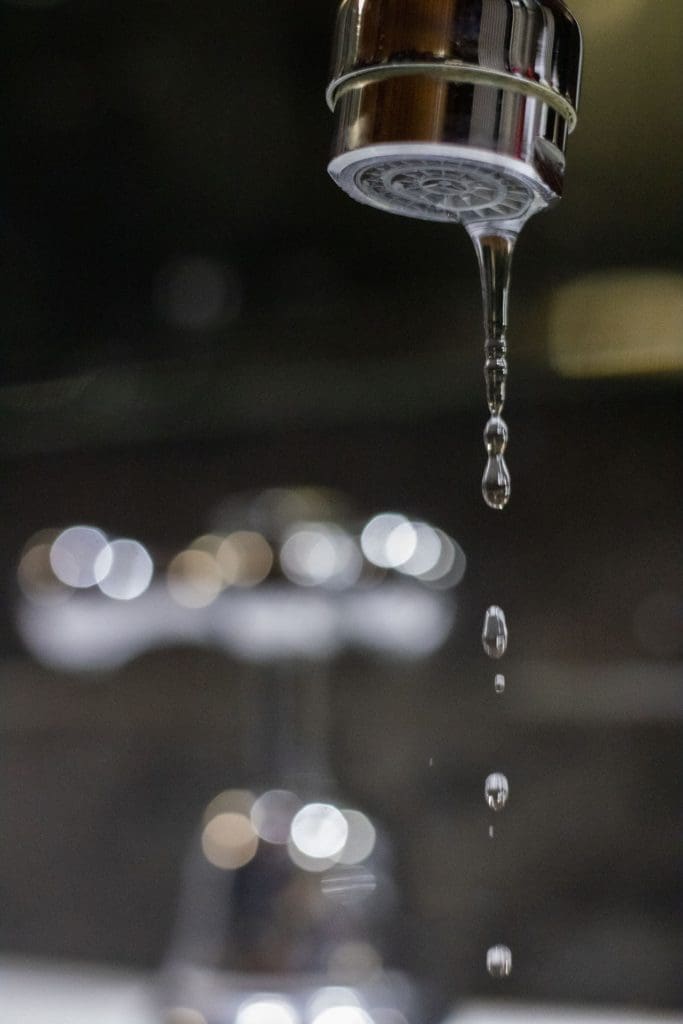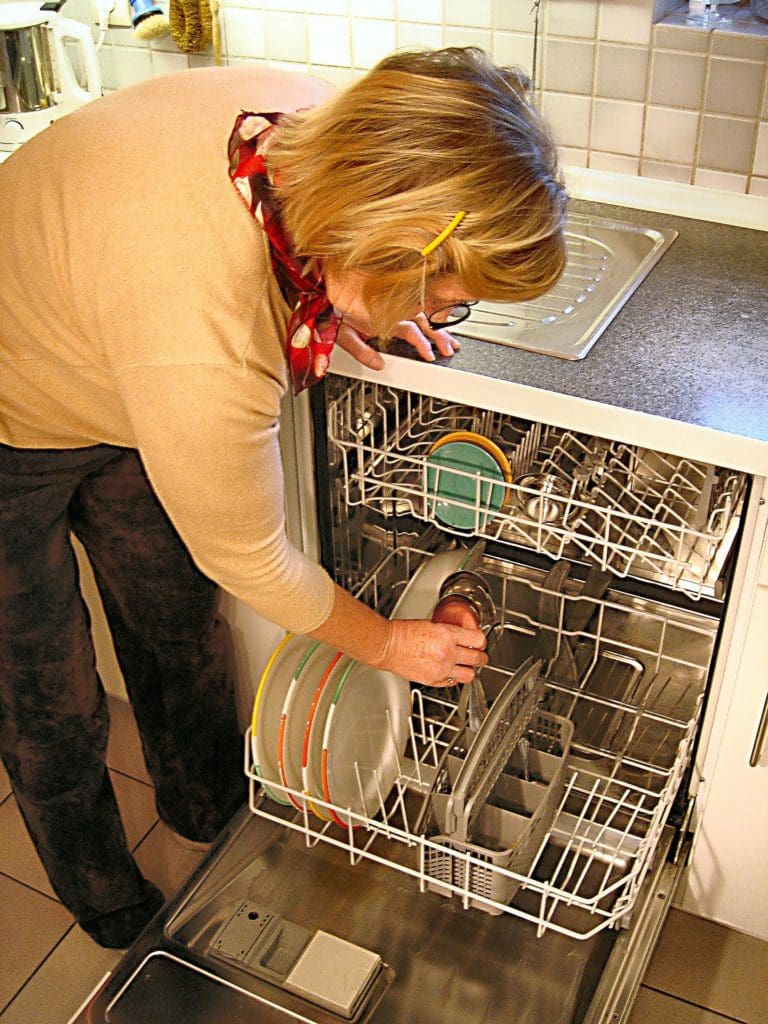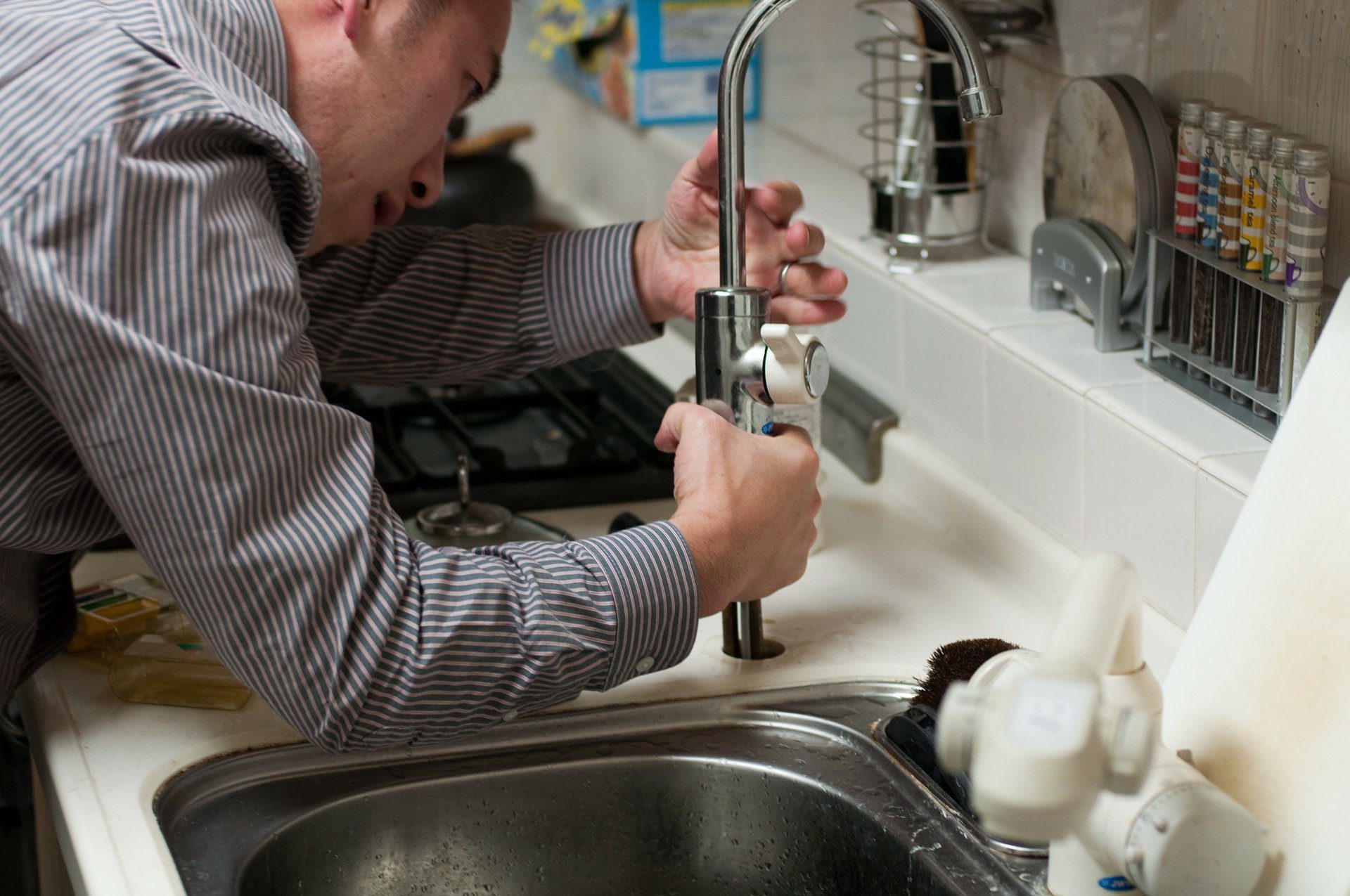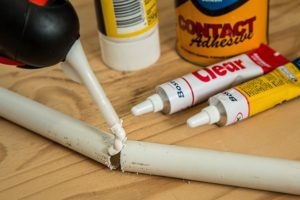Your home is your castle. And as a homeowner, you want to be able to keep your home safe from damage. It represents a big investment of your time and money. And it keeps your family safe and warm. So, when you encounter a plumbing leak, it is important to diagnose and fix these issues immediately.
When you know how to handle leaks in your home, you will be able to address small plumbing problems before they become big headaches. In the end, you will save money by fixing issues before they become costly damage. There are many things a homeowner needs to know and do to care for their property, but basic plumbing is a must.
So, let’s look at some of the essential things that homeowners need to know about plumbing leak detection.
Table of Contents
Know Where Most Leaks Occur

First, it is important to have a sense of where leaks can most commonly be found in a home. Bathrooms are a common location for leaks. With many different features of your home using water in the bathroom, this should be no surprise. When it comes to toilets, listen for any running water. If water continues to run long after the toilet has been flushed, you likely have a leak. Listening for faucet drips will let you know if your taps are having issues. Make sure to check under the sink for any signs of pooling water or rusty pipes.
Check under the kitchen sink too. Appliances like dishwashers also leak on occasion. Doing a visual check to see if any water spills out during a wash cycle is a good plumbing leak detection to test if yours is in good shape.
Your laundry room needs some investigating. Again, look for signs of pooled water or water rings on your floor. Any rust around your water heater is also a sign that can indicate leaks.
Know The Signs Of A Leak
Leaks manifest themselves in more ways than you might think. While most people probably think of wet and decaying drywall as a sure sign of a leak, this is only one means of detecting leaks. Get in the habit of routinely checking your utility bill and your water meter. If you have an idea of how much water your household routinely uses in a month, you will see if more water is flowing through your meter than you expect. If this is the case, then water might be leaving the plumbing system through a leak. For professional assistance and water treatment solutions tailored to your needs, visit https://saukplainsplumbing.

Know-How To Fix Different Types Of Leaks
Naturally, every leak mentioned so far requires a slightly different approach when fixing it. For example, dishwasher leaks may require some repair of the appliance itself. Leaks found under the sink may require new pipes to keep water flowing properly.
Generally speaking, it is good to get comfortable with the basic techniques that will help you fix many different types of leaks. This includes how to caulk or re-caulk your pipes or joins. You should also be able to know how to use basic home maintenance tools. Often, all it takes to fix a leak is to tighten a connection.
Know When To Call The Professionals
Many household leaks can be fixed with the right awareness and training. However, some serious leaks need to be handled by professionals who have more advanced training. If you want to minimize stress and avoid serious problems in your plumbing, know when to call in the experts.
Featured Image by fran1 from Pixabay




